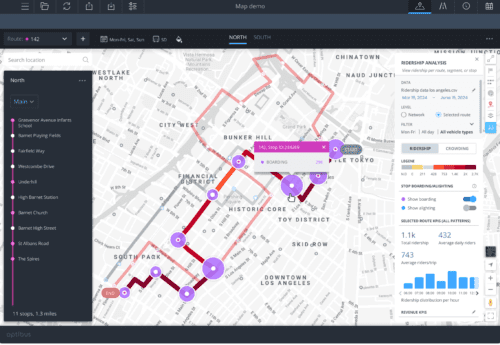
The software specialist says that users of its digital tools have performed over one million optimisations using its suite of AI-powered network and operations improvement tools
Planning and operations software specialist Optibus has announced that a landmark one million optimisations have been performed using its platform. The company says the milestone reflects the evolution of transport planning and operations, shaped by the rise of artificial intelligence and optimisation algorithms, and coincides with its launch of a new AI-powered ‘Timetable Optimisation in Scheduling’ feature for enhancing service efficiency.
Optimisation algorithms analyse large datasets to identify the best allocation of resources and are at the core of Optibus’ technology, providing the foundation for complex scheduling, planning, and operational problem solving across areas including timetable, vehicle and crew scheduling and roster optimisation, demand optimisation and on-time performance optimisation.
The software provider says that analysing the one million optimisations from more than 2,250 Optibus users reveals trends about the direction of the public transportation industry, including that enhancing driver duties is a top priority, that there is a growing long-term focus on crew and vehicle scheduling, which have been the two most commonly used optimisation types, and that there are recurring annual trends around what time of year the public transport industry optimises services and operations.
Using its algorithms, Optibus says that operators and agencies have attained results including: €600,000-plus in savings by improving vehicle usage and reducing driver duties by 5%; a reduced PVR by almost 10%, from 340 vehicles to 307, for certain service types; eliminated 130,670 kilometers of annual dead mileage; a 4% increase in operational efficiency; enhanced driver duties by accounting for driver preferences, relief vehicles, break rules, and more, without sacrificing operational efficiency, and; improved on-time performance to 97% and vehicle efficiency by 2%.

